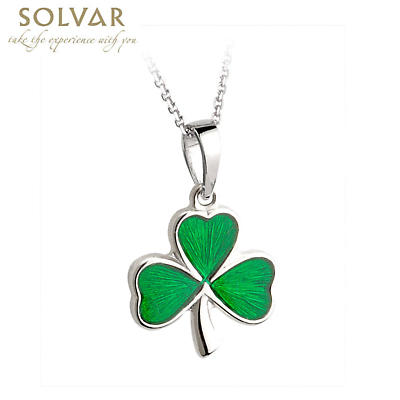St. Patrick is widely known and loved as Ireland’s patron saint, although his feast day has become a very secular celebration. Famous buildings around the globe go green for the day. People have even dyed rivers and beer green on St. Patrick’s Day. It’s a worldwide festival of parades and parties. All kinds of bars and pubs look for trad bands to play. Irish dancers are in high demand to perform. People of every background don green and become Irish for the day to join in the fun, even exchanging Irish gifts with loved ones. But who was he? And how did his feast day become the occasion for a rowdy celebration of all things Irish around the world?
Patrick was born in Scotland, not Ireland, and his parents were Roman Christians. His family was extremely religious, but as a youth, Patrick wasn’t very interested. That changed when he was a teenager. He was abducted into slavery and brought to Ireland. Ireland at the time was a nation with a rich and vibrant pagan culture. But living in a pagan culture seems to have sparked a deeper faith in Patrick. Instead of integrating and taking on the religion of the locals, Patrick prayed constantly. And he became passionate about his Christian faith.
Leaving Ireland and Returning
Eventually, his prayers produced a vision of how he could escape and return to his family. Following his vision, he escaped his master and fled to the coast where he managed to get on a ship going to Scotland. But once he settled there and recovered, he had another vision. This one directed him back to Ireland – as a leader, not a slave.
When Patrick returned to Ireland, he set about converting the nation to Christianity. In his most famous sermon, he used the native shamrock plant to explain the holy trinity. Like the three leaves were one plant, he explained, the Father, Son and Holy Spirit were also one. This is how the shamrock became the popular icon we see on so many Irish gifts today.
From Prayers to Parades
Once upon a time, St. Patrick’s Day in Ireland was a quiet day. People attended church services. It wasn’t recognized in other countries. It was Irish-Americans who made St. Patrick’s Day a fun family holiday with parades and music. Americans were enjoying Paddy’s Day parades long before the Irish were! But the joyful festivals were such a hit they spread all over the world, including Ireland. Now, tiny villages all over Ireland have community parades and street fairs. Dublin hosts an epic parade, and it features some of the USA’s top marching bands. Today, Paddy’s Day is a time when everyone in Ireland – including newcomers to these shores – can celebrate together what being Irish means to them. Traditional Irish dances and innovative performances share the stage as the nation braves the unpredictable March weather to enjoy the Irish gifts of music and culture together.

